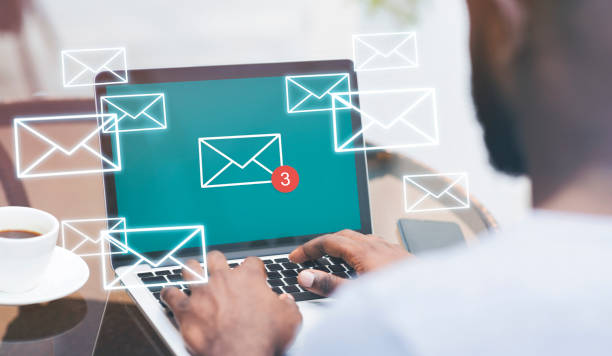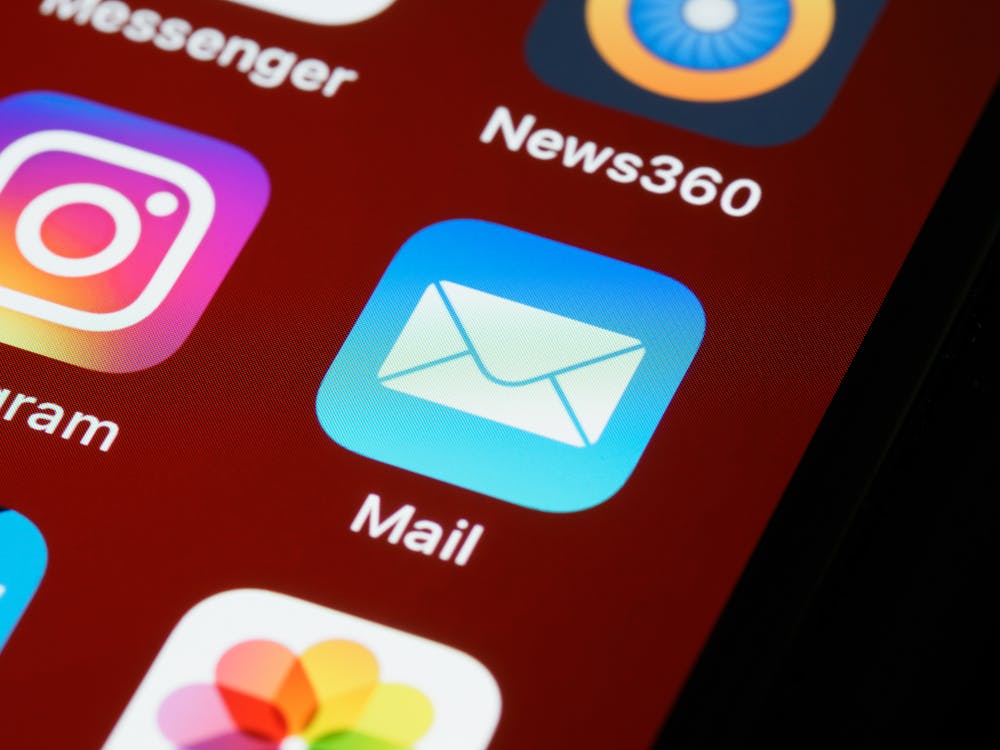Email marketing is a powerful tool in digital marketing. However, sending the same message to your entire email list can lead to poor engagement. This is where Email Segmentation comes in. It is a method used to divide your contact list into smaller, more focused groups based on shared traits or behaviors. The goal is to send more relevant emails to each segment of your audience.
Segmentation helps improve open rates, click-through rates, and conversions. It also helps in building stronger customer relationships and keeping your email campaigns out of the spam folder.
So, let’s dive into how you can use email segmentation strategies to create more personalized and engaging email campaigns that drive better results.
What Is Email Segmentation?
Email segmentation is the process of dividing your email list into smaller groups based on characteristics like demographics, behaviors, or interests. Additionally, by doing this, you can send more tailored and relevant content to each group, which makes your emails more effective.
For example, if you have a clothing store, you might segment your email list based on customer gender or past purchases. Also, this allows you to send men’s clothing promotions to male customers and women’s clothing offers to female customers. So, by sending the right message to the right people, you increase the chances of engagement and sales.
Why Is Email Segmentation Important?
- Better Campaign Performance:
Your subscribers are not all the same. Also, they have different needs, interests, and behaviors. Sending generic emails to everyone does not work. With segmentation, you can create emails that speak directly to the needs of each group, resulting in higher open rates, more clicks, and better overall campaign performance. - Stronger Customer Relationships:
When you send emails that feel personal and relevant, your customers are more likely to trust your brand. So, personalized content leads to stronger customer relationships, which in turn leads to increased customer loyalty. - Improved Deliverability:
Email segmentation reduces the chances of your emails being marked as spam. Also, by sending targeted and relevant emails, you increase engagement and maintain a good sender reputation. This keeps your emails landing in your customers’ inboxes. - More Useful Customer Data:
Segmentation gives you deeper insights into your audience. Additionally, you can see what types of content work best for each group, helping you understand who your most valuable customers are and what they want.
Types of Email Segmentation
There are several ways to segment your email list, depending on your goals. So, here are some of the most common types:
- Demographic Segmentation:
This is one of the most basic forms of segmentation. Also, it involves dividing your list based on traits like age, gender, income, or occupation. For example, if you are a B2B company, you might segment by job title or industry. - Geographic Segmentation:
Segmenting by location is especially useful if you have customers in different regions or time zones. So, you can send emails based on a customer’s country, state, or city, or tailor promotions to fit local preferences. - Behavioral Segmentation:
Behavioral segmentation is based on how customers interact with your brand. Also, this can include actions like website visits, email opens and clicks, or purchase history. For instance, you can send a special offer to customers who have bought from you in the past 30 days. - Psychographic Segmentation:
This focuses on a customer’s interests, lifestyle, and values. So, psychographic segmentation helps create personalized content that speaks to the deeper motivations of your audience.

10 Effective Email Segmentation Strategies
Now that we understand the basics of segmentation, let’s explore 10 strategies that you can use to improve your email marketing efforts.
Welcome New Subscribers
First impressions matter! So, segment new subscribers to send a welcome series that introduces your brand and highlights your products or services. Also, this helps new contacts get familiar with your business and builds an early connection.
Reward Loyal Customers
Identify your most loyal customers and reward them with special offers, early access to new products, or exclusive content. Also, this makes them feel valued and encourages repeat purchases.
Reactivate Inactive Subscribers
Segment contacts who have not engaged with your emails in a while and send them re-engagement campaigns. Additionally, include a special offer or ask for feedback to win them back.
Segment by Purchase History
Use customer purchase data to segment your audience. So, send personalized product recommendations based on what they have bought in the past. For example, if a customer purchased a phone, you could offer accessories or warranties.
Send Abandoned Cart Emails
If a customer adds items to their shopping cart but does not complete the purchase, send them a reminder. Abandoned cart emails are a great way to recover lost sales and encourage customers to complete their purchases.
Target by Job Title or Industry (for B2B)
For B2B companies, segmenting your list by job title or industry helps create targeted campaigns. For example, you might send different emails to CEOs versus marketing managers, as their needs are different.
Tailor Emails by Stage in the Sales Funnel
Segment your audience based on where they are in the sales funnel. New leads need educational content, while existing customers might be ready for a product demo or a special offer to encourage a purchase.
Focus on Website Engagement
Track how users interact with your website and segment them based on activity levels. Also, highly engaged users could be invited to exclusive events or offered early access to new features. Inactive users might need reminders or educational content.
Segment by Device Preferences
Do you know if your customers open emails on their phones or computers? So, segment your list based on device usage and send emails optimized for mobile or desktop. For mobile users, shorter text and larger buttons can enhance their experience.
Target Based on Lead Source
Segment contacts based on how they first engaged with your brand. If someone signed up after downloading an e-book, follow up with content related to that topic. This keeps their interest and moves them through the sales funnel.

How to Get Started with Email Segmentation
Now that you know the benefits of email segmentation, here is how you can get started:
- Decide on Segmentation Criteria:
Before you create your segments, determine what traits or behaviors you want to use to divide your list. This could be anything from purchase history to email engagement. - Gather Data:
Make sure you have enough information to create meaningful segments. Use signup forms, surveys, or tracking tools to collect the data you need, such as demographics or customer behavior. - Create Segments in Your Email Platform:
Most email marketing platforms have segmentation tools that allow you to filter contacts based on various criteria. Once your segments are set up, you can start sending targeted emails to each group. - Test and Refine Your Segments:
Email segmentation is not a one-time process. Monitor your campaign results and adjust your segments based on what works. Over time, you will learn which segments are the most valuable and how to best engage them.
FAQs
- How often should I update my email segments?
You should review and update your email segments regularly to keep them accurate. Aim to update them at least once every few months, or whenever you have new data about your subscribers. - Can I use more than one segmentation strategy at a time?
Yes! In fact, using multiple segmentation strategies often yields better results. For example, you could combine demographic and behavioral data to create highly targeted campaigns. - What if I do not have much data on my subscribers?
Start by collecting basic information like names and email addresses. You can gather more data over time through surveys, signup forms, or tracking their behavior on your website. - Is segmentation useful for small businesses?
Absolutely! Segmentation allows small businesses to send more relevant and personalized emails, which can lead to higher engagement and better relationships with customers. - How can I track the success of segmented campaigns?
Use your email platform’s analytics to track key metrics like open rates, click-through rates, and conversion rates. Comparing these metrics across different segments will help you see what is working.

Conclusion
Email segmentation is a powerful tool that helps you create more personalized and effective campaigns. By dividing your email list into smaller groups based on shared traits or behaviors, you can send targeted messages that resonate with your audience. Whether you are just starting out or looking to refine your existing strategy, these segmentation techniques will help you boost engagement and drive better results.
So take the next step in your email marketing journey by incorporating segmentation into your campaigns and watch your results improve!









[…] Engagement: Analyze social media interactions, email open rates, and content […]